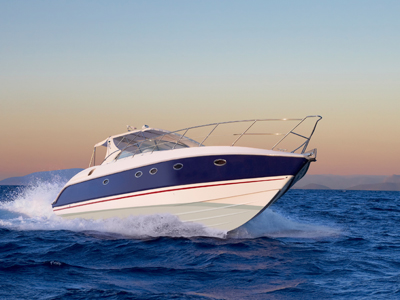
Forces - Forces and Motion
Forces and motion looks at movement and acceleration of objects. Considering how forces affect the motion of objects is an important part of GCSE Physics. Many of the concepts and formulae used in this module were worked out by Sir Isaac Newton, the famous and talented seventeenth century scientist whose name is now used for the unit of force.
Newton formulated three laws of motion based on his observations. His first law is written down slightly differently, according to what source of information you use. Essentially, it says that "an object at rest will remain at rest unless acted on by an unbalanced force. An object in motion continues in motion with the same speed and in the same direction unless acted upon by an unbalanced force". In other words, objects will tend to keep doing exactly what they are doing, unless a force is applied. It is sometimes called the 'law of inertia'.
Ready for more?
not all...
quizzers. Try to win a coveted spot on our Hall of Fame Page.







